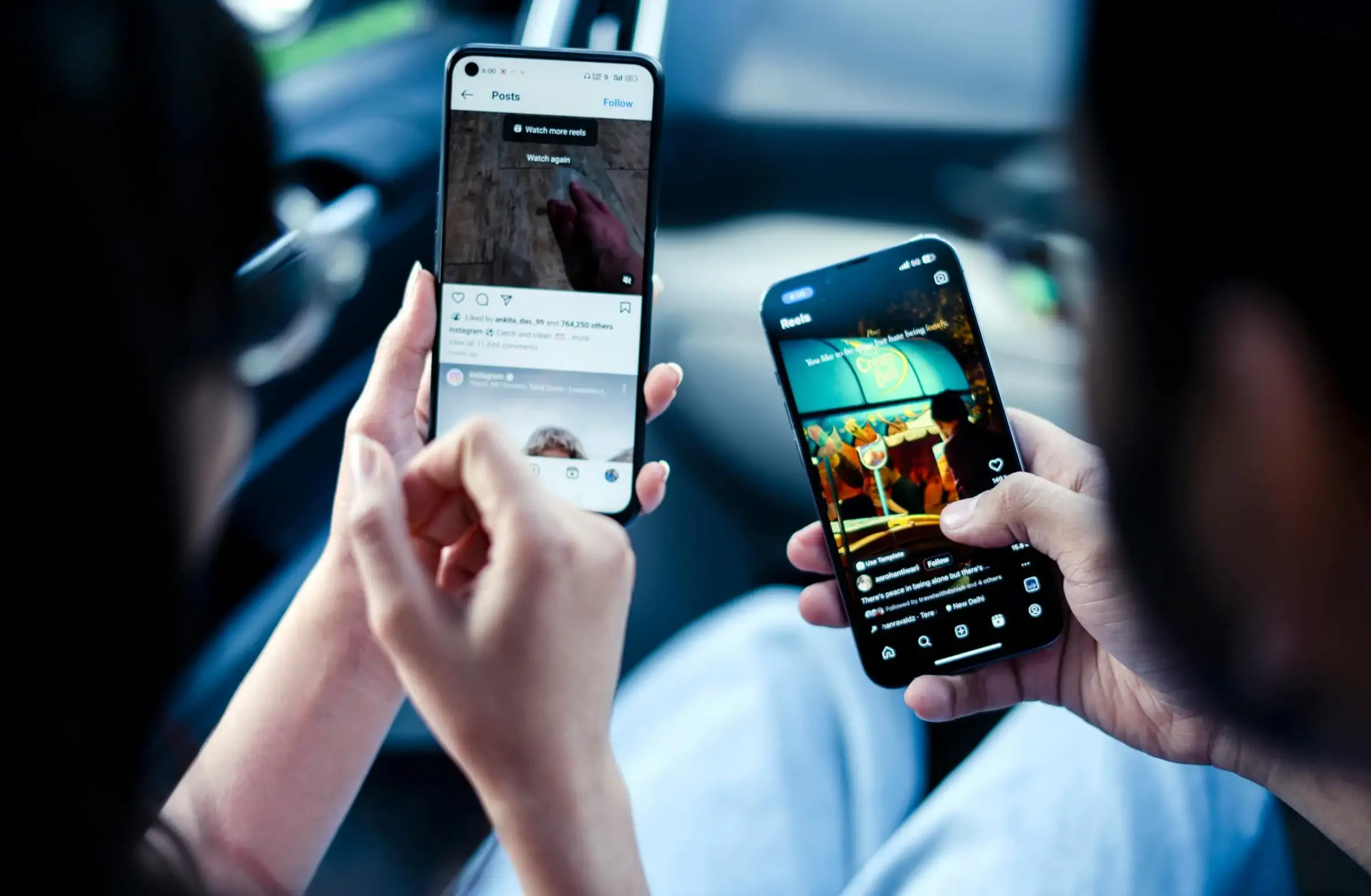Why Your Brand Needs a Newsletter: A Guide on Marketing Newsletters
Updated on
Published on

Marketing newsletters are still the most reliable way to reach customers without renting an algorithm. If you’ve wondered how to use a newsletter to grow sales and loyalty, think of it as your brand’s home base: a place where offers, stories, and product moments land first and reach the right people. Creating a newsletter that works isn’t about pretty templates; it’s about a tight promise, useful content, and consistent delivery that your audience would actually miss. When a brand newsletter delivers those three things, it becomes a channel you control—not a feed you chase.
At a glance
- Benchmarks for marketing newsletters remain healthy across industries, with solid opens and steady click-through ranges that compound revenue over time ( Mailchimp ).
- CTR in the 2–5% range is a practical target for many lists when content-to-offer fit is strong ( Campaign Monitor ).
- The best company newsletter makes one clear promise, ships on a predictable cadence, and keeps sections consistent so production scales.
1) Why a brand newsletter still wins when channels shift
Every few years, social algorithms change and paid costs rise, but your company newsletter keeps reaching people who opted in—no gatekeepers, no “boost to be seen.” Benchmarks for marketing newsletters show dependable engagement that stacks month after month. A brand newsletter turns rented attention into owned permission, which is why it remains the backbone of many high-performing stacks.
- Own your audience: permission you keep beats audiences you borrow.
- Predictable economics: steady performance versus volatile CPMs.
- Feedback loop: replies and clicks inform product and positioning.

2) Set one promise and stick to it
Marketing newsletters work when readers know exactly why they subscribed and what they’ll get every send. Pick a single promise—insider tips, first access to drops, or weekly “what to buy/what to learn”—and let every section prove it. Creating a newsletter with one clear promise beats variety for its own sake.
- Write a one-line promise at the top of your doc; kill ideas that don’t serve it.
- Name recurring sections so readers (and your team) know the rhythm.
- Keep a fixed send day/time to train attention.
3) What to send: content pillars that convert
A brand newsletter needs three reliable pillars: helpful education, timely product news, and community proof. Lead with usefulness, then bridge to offers and social proof so readers feel informed, not pitched. This blend keeps intent to open and intent to click high.
- Pillars: “How we use it,” “Template of the week,” “Customer spotlight,” “First look.”
- One primary CTA, two secondary links; reduce dead ends.
- Write for scanning: subheads, short blocks, tappable buttons.

4) List growth that protects deliverability
Source subscribers where intent is highest—checkout, pricing, tools, and gated guides. Clean your list monthly and retire persistently inactive contacts so inbox providers keep trusting your company newsletter.
- Tag sources to personalise later.
- Double opt-in for cold traffic; single for customers/trials.
- Set a sunset policy (3-email re-engagement, then pause).
5) Cadence and sending windows that respect attention
Consistency beats frequency. Start weekly or biweekly, then earn the right to increase. Testing by cohort, not generic “best times,” keeps results honest.
- Make one send your flagship; keep extras to targeted automations.
- Protect off-ramps: visible preferences reduce unsubscribes.
- Don’t chase spikes; build habits.

6) Design and UX: readable first, beautiful second
A marketing newsletter has one job: be read. Use a single column, generous spacing, and clear buttons. Light imagery speeds load and keeps mobile clicks clean.
- Above-the-fold alignment: subject, preheader, headline, and CTA tell one story.
- Button labels that promise value (“Get the template”), not actions (“Click here”).
- Include alt text and a plain-text version.
7) Personalisation and segmentation that actually help
Personalise to behaviour (what they read or bought), not just first names. Segment by lifecycle and product tier so the brand newsletter feels tailored without being creepy.
- Start with three segments: customers vs prospects, recent clickers, high-value buyers.
- Swap one content block per segment (use case, tier, or region).
- Triggered flows (welcome, onboarding, post-purchase) do more with fewer sends.

8) Metrics that matter—and how to read them now
Open rate is fuzzier post-privacy, so favour CTR, CTOR, and unsubscribes for truth. Compare your trendline to credible ranges and your own cohorts, not generic averages ( HubSpot ).
- Tie each send to one success event (signup, demo, cart add).
- CTOR = content resonance among openers; CTR = list-wide pull.
- Watch bounces, spam complaints, and inactivity for deliverability risk.
9) Proving ROI: email vs social and paid
Owned permission plus intent often beats social for acquisition and shortens the path to purchase. Classic research—and ongoing practitioner experience—shows email’s outsized acquisition impact when segmentation and automation are in place ( McKinsey ).
- Attribute properly with UTMs and post-click events.
- Compare “$ per send” to paid CPMs for apples-to-apples.
- Reinvest wins into better content and triggered journeys.

10) Your first 30-day plan for creating a newsletter
Launch with a 4-send sprint so readers learn the rhythm quickly. Week 1: welcome + “what you’ll get.” Week 2: education issue with a template/tool. Week 3: product/offer with proof. Week 4: community story + small win. At day 30, prune inactives, tag interests by link clicks, and set your first two automations.
- Ship before perfect: one promise, three sections, one CTA—every time.
- Save best-performing blocks as reusable modules.
- Add a quarterly in-email survey to capture topics and friction points.
FAQ
How often should a company newsletter send?
Weekly or biweekly is a reliable start. Scale by segment performance rather than blasting more for its own sake.
What’s a good benchmark for marketing newsletters?
A CTR around 2–5% is a useful target for many lists when content is relevant ( Campaign Monitor ).
What should the subject and preheader do?
Promise one concrete benefit together. Clarity beats cleverness—especially on mobile.
How do I personalise without being creepy?
Personalise to behaviour and lifecycle stage. Swap a single block per segment to keep the company newsletter relevant without overfitting.
What’s the fastest way to start creating a newsletter with results?
Write a one-line promise, pick three recurring sections, and publish on the same day/time for four weeks. Add one automation (welcome or onboarding) in the same month.
Your owned channel, compounding
A brand newsletter turns attention you rent elsewhere into a relationship you own. Keep the promise tight, the cadence predictable, and the segments meaningful. Treat marketing newsletters like a product—useful, reliable, and worth the open—and your audience will do the rest.







